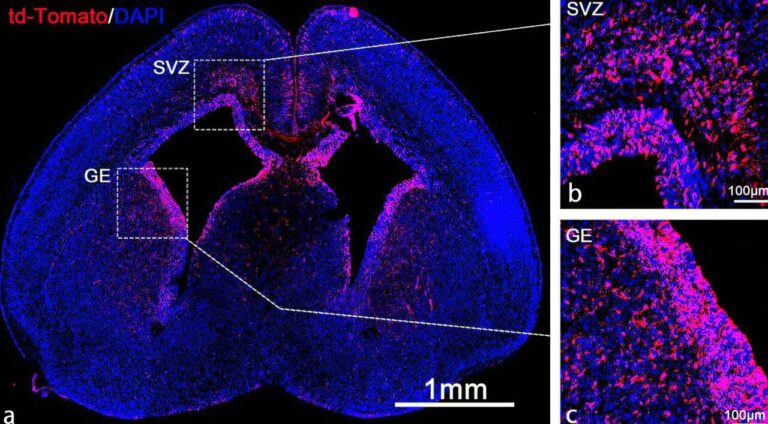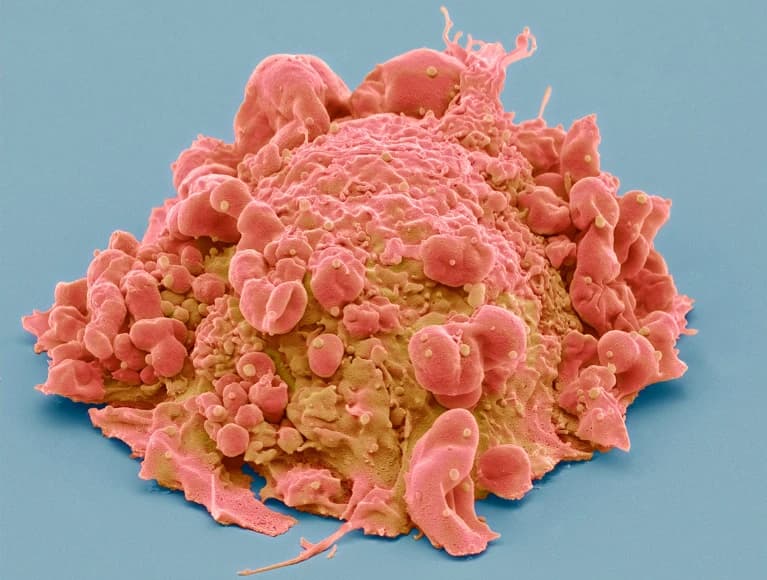Unlocking CRISPR’s Full Potential: Groundbreaking Discovery Enhances Gene Editing Accuracy
In a major breakthrough, researchers at the Children’s Hospital of Philadelphia (CHOP) have deciphered the intricate mechanisms governing CRISPR/Cas9, the revolutionary gene editing tool. This pivotal finding, published in Cell Chemical Biology, is set to refine CRISPR-based therapies, bolstering their precision and potential to combat rare and complex diseases.
The Quest for Precision in Gene Editing
Gene editing, which enables the modification of genetic material, holds immense promise for correcting mutated genes responsible for debilitating diseases. However, the success of this approach hinges on pinpoint accuracy, as unintended edits can have far-reaching, harmful consequences. The CRISPR/Cas9 system, while highly effective, has faced challenges in achieving this level of precision, particularly when delivered directly to patients via lipid nanoparticles.
Unveiling the Hidden Steps of CRISPR Activation
To address this shortfall, the CHOP research team employed cutting-edge nuclear magnetic resonance spectroscopy to observe the dynamic interplay of atoms and proteins within the CRISPR/Cas9 complex. This innovative approach revealed a previously unknown “surveillance” structure, which acts as a gatekeeper, regulating the enzyme’s DNA cutting activity and ensuring the distinction between target and off-target DNA sequences.
Implications for Enhanced Gene Editing Therapies
This groundbreaking insight into CRISPR’s operational mechanisms is expected to:
- Inform the design of more precise CRISPR variants, minimizing off-target effects and enhancing therapeutic efficacy.
- Pave the way for direct in-body delivery of CRISPR therapies, streamlining treatment protocols for patients.
- Potentially improve other therapies, such as CAR-T cell therapy, by enabling more precise genetic modifications.
Expert Perspective
According to Dr. Nikolaos G. Sgourakis, senior study author, “Understanding the intricacies of CRISPR’s activation process is crucial for harnessing its full therapeutic potential. Our findings bring us closer to developing more effective, precise gene editing technologies, which could transform the treatment landscape for numerous diseases.”






